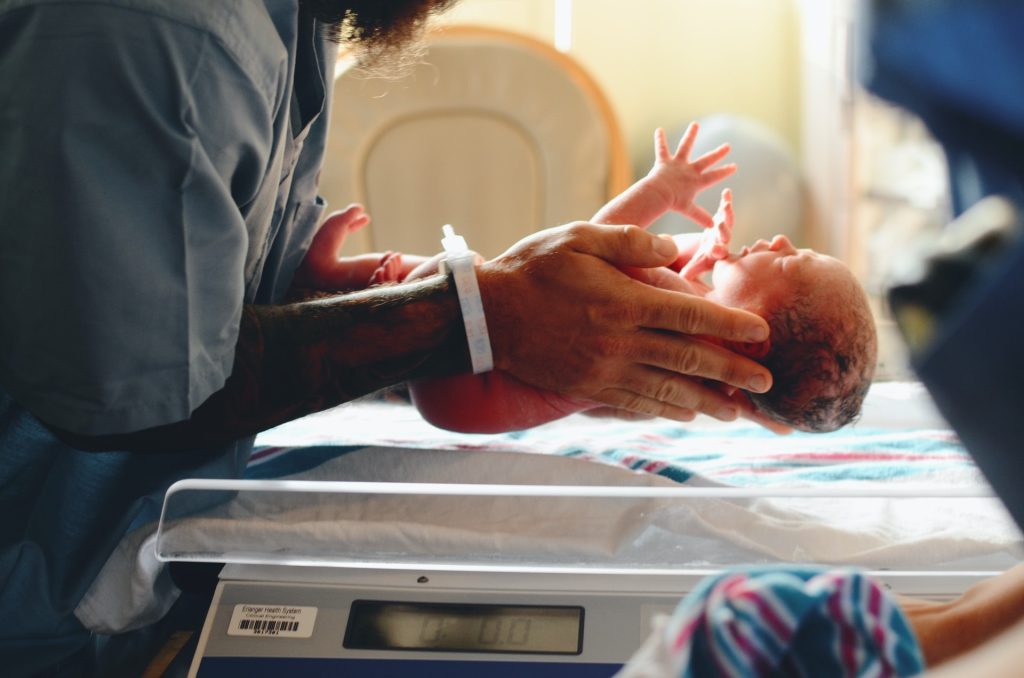
A milestone study led by University of Queensland researchers has identified the main types of E. coli bacteria that cause neonatal meningitis, and revealed why some infections recur despite being treated with antibiotics.
The study, published in eLife, discovered that about 50% of neonatal meningitis infections are caused by two types of E. coli.
“E. coli is the most common cause of meningitis in babies born pre-term, but knowing which types allows us to test for those strains and treat them appropriately,” said Professor Mark Schembri, who led the study along with Dr Nhu Nguyen and Associate Professor Adam Irwin.
The study was the largest of its type, examining the genomes of 58 different E. coli bacteria across four continents and using samples collected over 46 years. It found that two types of the bacteria were responsible for the majority of neonatal infections.
Rapid diagnosis and monitoring are key
Associate Professor Irwin, who is also a paediatric infectious disease specialist at the Queensland Children’s Hospital, said speed is of the essence to prevent lasting damage.
“While antibiotics can be effective in treating the infection, this relies on rapid diagnosis. Also, antibiotics don’t always eliminate the bacteria – some of the babies we tracked showed signs of a complete recovery before suffering repeated invasive E. coli infections,” he said.
The researchers discovered the bacteria causing subsequent infections were the same as in the initial infection.
“It’s most likely that bacteria hide out in the intestinal microbiome,” Professor Schembri said. “This tells us we need to keep monitoring these babies after their first infection, as they are at a high risk of subsequent infection.”
Professor Schembri said the E. coli that can lead to meningitis also cause urinary tract infections and colonise the intestinal tract. “There is something about these types of E. coli that equips them to cause both infections,” he said.
“Our next step is to examine the bacteria’s pathway from the intestinal tract or urinary tract into the bloodstream, and then to the brain, so we can consider new ways to stop them.”
Source: University of Queensland

